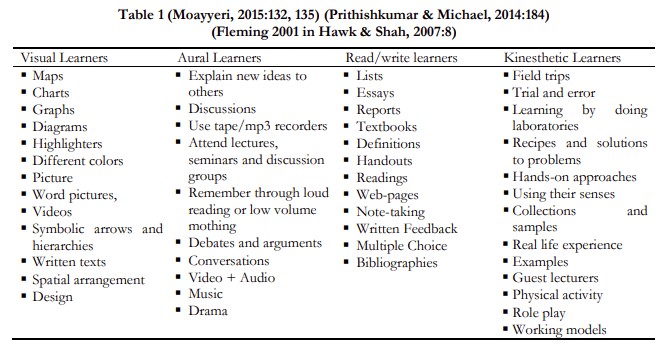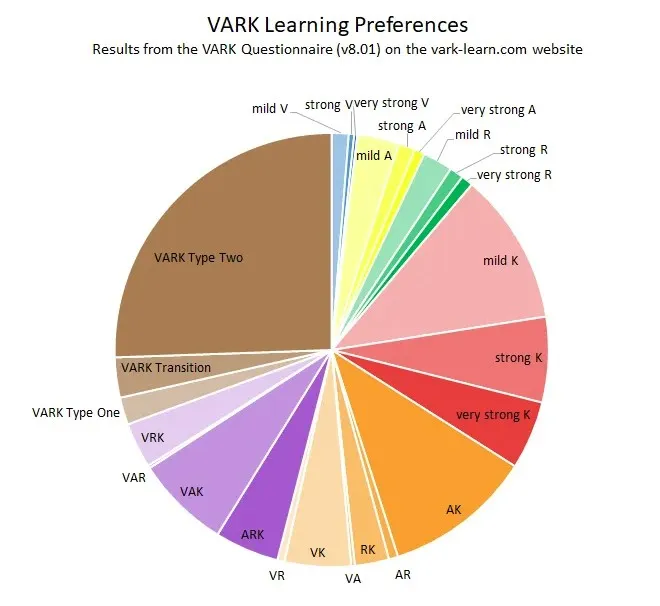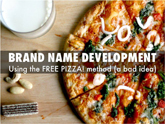How To Communicate With Anyone
Just Understand How People Process Information

If you’ve ever wondered why you understand things that other people do not, you might have a different learning style than other people. Or maybe you are frustrated because you cannot get other people to understand your point of view. Again, different learning styles might be the cause.
In the field of education, it is widely recognized that students have various learning styles. One of the most widely used summaries of learning styles is Neil Fleming’s VARK model (https://vark-learn.com/) which categorized people into 4 classifications:
1. Visual Learners — People who have a preference for learning from pictures or visual aids
2. Aural Learners — These people learn through listening
3. Reading-Writing Preference Learners — Those who learn through reading & writing
4. Kinesthetic Learners — People who learn through moving or active exploration
If you are trying to do a better job of communicating with someone, you can get them to do the VARK questionnaire on that website to evaluate which communication style is their preference. Once you figure it out, then you will know how to effectively communicate with him/her!
The International Journal of Linguistics and Communication (Vol. 5(1), June 2017) has a fantastic summary of the ways to appeal to each type of learner. Check this out!

When looking at learning styles, what is fascinating to me is there are few people who are 100% of any of these modalities (data from VARK website). Fewer than 2% of people are exclusively Visual Learners. Only 4.2% of people are exclusively Read/Write. Only 5.1% are exclusively Aural Learners. The biggest block of exclusive learners is Kinesthetic at 22.8%.
And yet, how many of us try to communicate with someone in a single way (usually by writing only or by talking only)?
Combining modalities enhances learning and gets your message across to more diverse people. Therefore, communication approaches that combine modalities (such as the visual and the auditory) can be beneficial to recall and persuasion of your messaging. In fact, the largest group of learning preferences is the VARK grouping shown in brown below, which combines all 4 classifications of learning.

The moral of the story is simple. To enhance your communication, engage as many human senses as possible in it.
Here is a practical example from television advertising: “Snap, Crackle, Pop — Rice Krispies!” If you are of a certain age, you not only heard the jingle that went along with that phrase, but you also heard the cereal itself (which really does pop when milk is poured on it). “Plop, plop, fizz, fizz, oh what a relief it is” is another good example, as that jingle for Alka-Seltzer built a million-dollar business (and, yes, the product performs as advertised). Both examples used visual, aural, and read/write modalities to get the message across.
If you want the “quick course” on engaging the senses, you should buy this amazing book: “A Natural History of the Senses” by Diane Ackerman. She touches upon all of the senses and explores the depth and breadth that can be reached in each one. I can assure you, you won’t think of the five senses in the same way after reading this book.
Obviously multisensory communication is not possible in every situation. But if you want to communicate in a way that maximizes the number of people who understand your message, you should use as many senses as possible:
· Work hard to insert quality visuals into your articles.
· Provide a podcast for aural learners.
· And make sure you have a hands-on guide that gets people working right on the spot.
Your communication will benefit from this effort!



